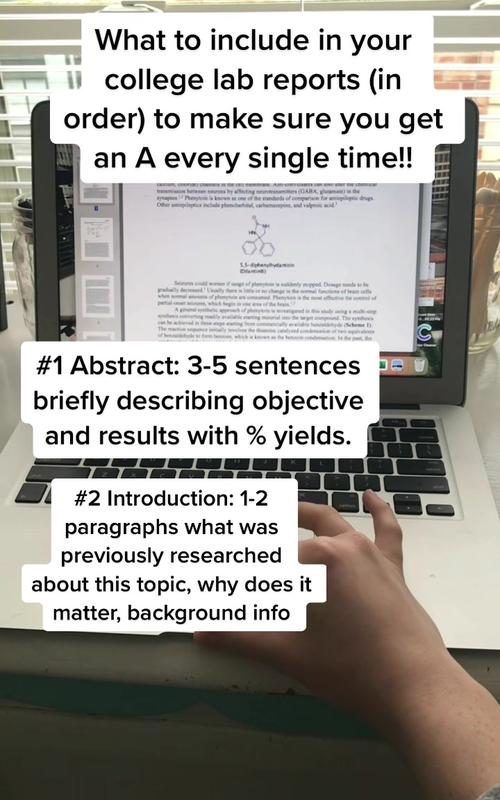
How do I write a college lab report?
Writing a lab report is an essential part of many college courses, especially in the sciences. A lab report is a detailed account of an experiment conducted in a laboratory setting, and it typically includes an introduction, a method section, a results section, and a discussion of the findings. Here are some tips on how to write a college lab report:
1. Understand the purpose of the lab report
Before you start writing, it's important to understand the purpose of the lab report. The main goal is to communicate the findings of your experiment and to demonstrate your understanding of the scientific concepts involved. Additionally, lab reports often serve as a record of the work you have done, so it's crucial to be thorough and accurate in your reporting.
2. Follow the guidelines given by your instructor
Every college and instructor may have specific requirements for lab reports, so it's essential to carefully read and follow the guidelines provided. This may include formatting requirements, the inclusion of specific sections, and the use of particular citation styles.
3. Start with an introduction
The introduction should provide background information on the topic of the experiment and explain the purpose of the study. It should also include any relevant theory or previous research that is important for understanding the experiment.
4. Describe the methods used
In this section, you should provide a detailed description of the methods and materials used in the experiment. This should include enough information for someone else to be able to replicate the experiment if necessary.
5. Report the results
Present the results of the experiment in a clear and organized manner. This typically includes tables, graphs, or other visual aids to help illustrate the findings. Be sure to interpret the data and discuss any trends or patterns that are relevant to the experiment.
6. Discuss the findings
In the discussion section, you should interpret the results and explain their significance in the context of the experiment. This is also a good place to address any limitations of the study and make suggestions for future research.
7. Cite your sources
If you used any outside sources in your report, be sure to properly cite them using the appropriate citation style. This includes both in-text citations and a list of references at the end of the report.
8. Proofread and revise
Before submitting your lab report, take the time to carefully proofread and revise it. Check for any spelling or grammar errors, and make sure that the content is clear and well-organized.
Conclusion
Writing a college lab report can be a challenging but rewarding task. By following these tips and putting in the effort to accurately and effectively report your findings, you can create a successful lab report that demonstrates your understanding of the scientific method and contributes to the body of knowledge in your field.
